The Membrane Separation Materials Market is currently characterized by a dynamic competitive landscape, driven by increasing demand for efficient separation technologies across various industries, including water treatment, food and beverage, and pharmaceuticals. Key players such as Dow (US), BASF (DE), and Toray Industries (JP) are strategically positioned to leverage their extensive research and development capabilities, focusing on innovation and sustainability. These companies are not only enhancing their product offerings but are also exploring strategic partnerships and acquisitions to strengthen their market presence and technological capabilities, thereby shaping a competitive environment that emphasizes advanced solutions and operational efficiency.
In terms of business tactics, companies are increasingly localizing manufacturing to reduce lead times and enhance supply chain resilience. The market appears moderately fragmented, with several players vying for market share, yet the collective influence of major companies like 3M (US) and GE Water & Process Technologies (US) is significant. Their strategies often involve optimizing supply chains and investing in digital transformation initiatives, which collectively enhance their competitive positioning and operational effectiveness.
In August 2025, Dow (US) announced a partnership with a leading water utility company to develop advanced membrane technologies aimed at improving water purification processes. This collaboration is expected to enhance Dow's product portfolio while addressing the growing global water scarcity issue, thereby positioning the company as a leader in sustainable water solutions. The strategic importance of this partnership lies in its potential to drive innovation and expand Dow's market reach in the water treatment sector.
Similarly, in July 2025, BASF (DE) launched a new line of high-performance membranes designed for industrial applications, which are anticipated to significantly reduce energy consumption during separation processes. This product introduction not only underscores BASF's commitment to sustainability but also enhances its competitive edge by meeting the increasing regulatory demands for energy-efficient solutions. The launch reflects a broader trend within the industry towards developing environmentally friendly technologies that align with global sustainability goals.
In September 2025, Toray Industries (JP) expanded its manufacturing capabilities in Southeast Asia, aiming to meet the rising demand for membrane products in the region. This strategic move is likely to enhance Toray's operational efficiency and responsiveness to local market needs, thereby solidifying its position as a key player in the membrane separation materials market. The expansion indicates a proactive approach to capturing growth opportunities in emerging markets, which is essential for long-term competitiveness.
As of October 2025, the Membrane Separation Materials Market is witnessing trends that emphasize digitalization, sustainability, and the integration of artificial intelligence in operational processes. Strategic alliances are increasingly shaping the competitive landscape, enabling companies to pool resources and expertise to drive innovation. Looking ahead, it appears that competitive differentiation will evolve from traditional price-based competition to a focus on technological advancements, innovative solutions, and reliable supply chains, reflecting a broader shift towards value creation in the market.
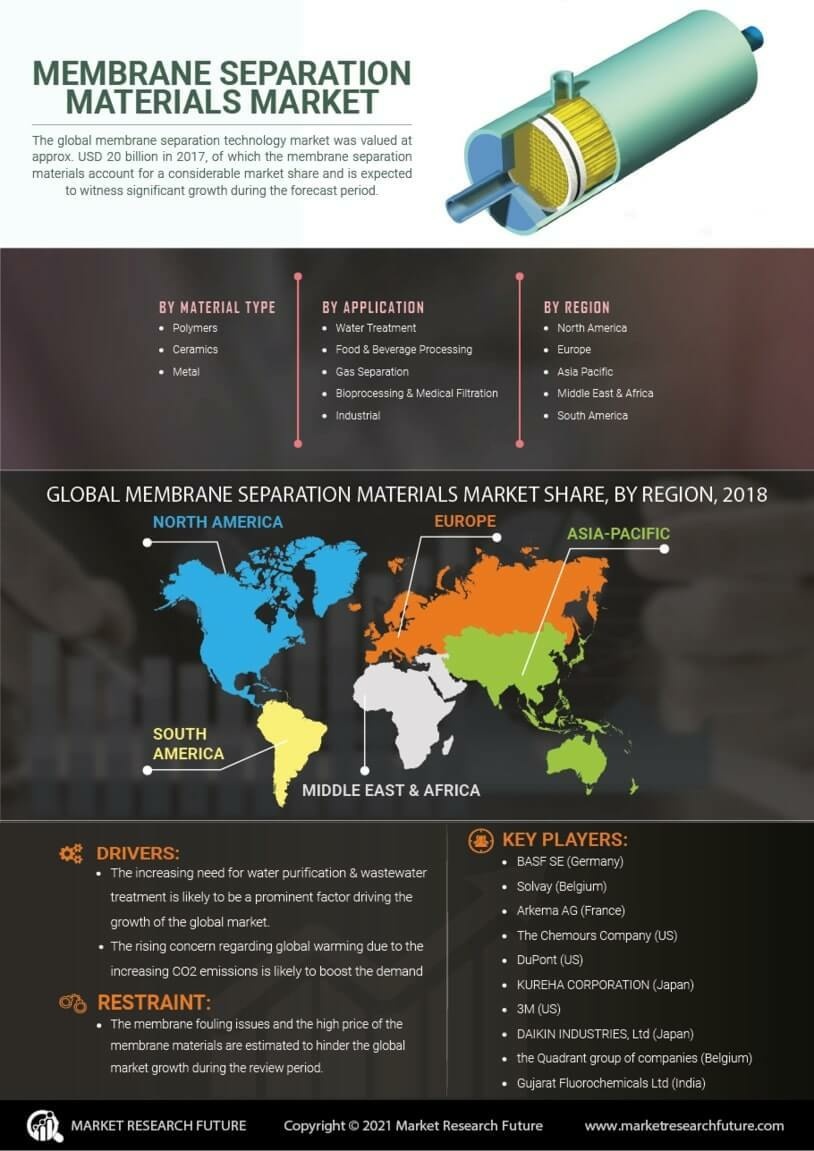

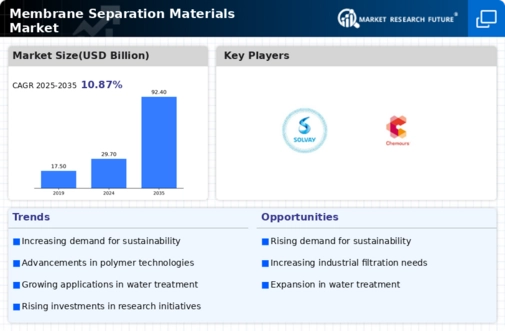
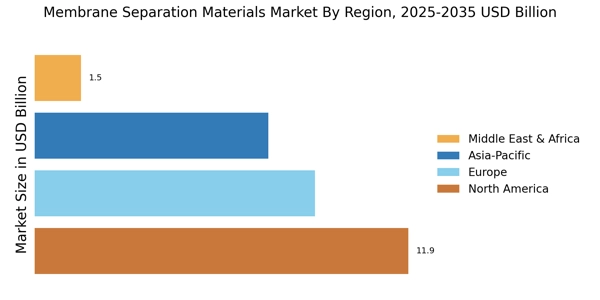
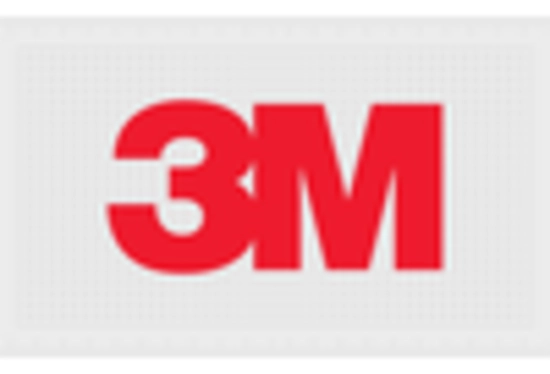
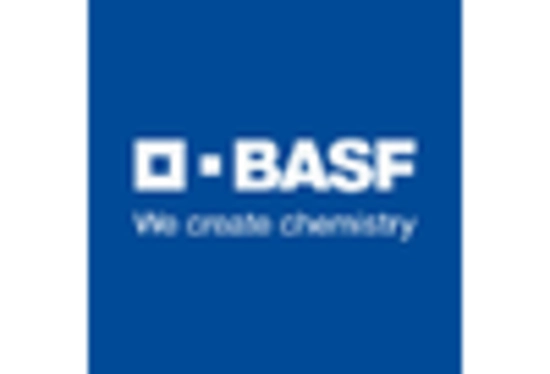
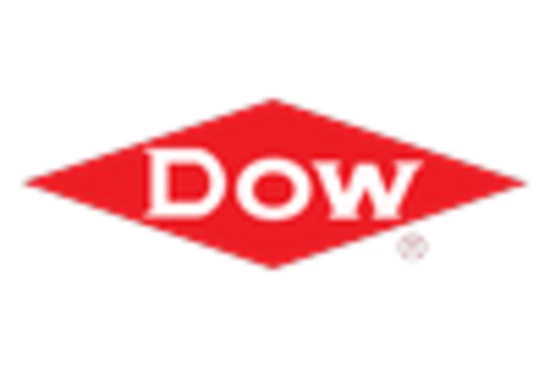
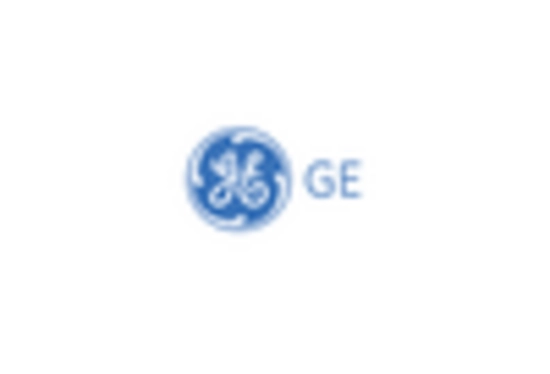
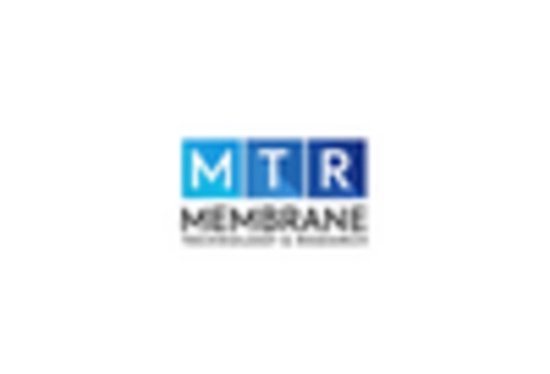
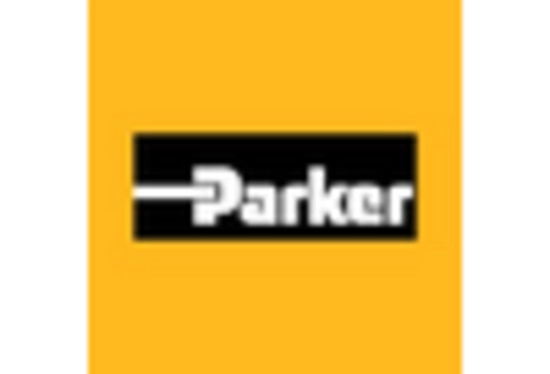








Leave a Comment